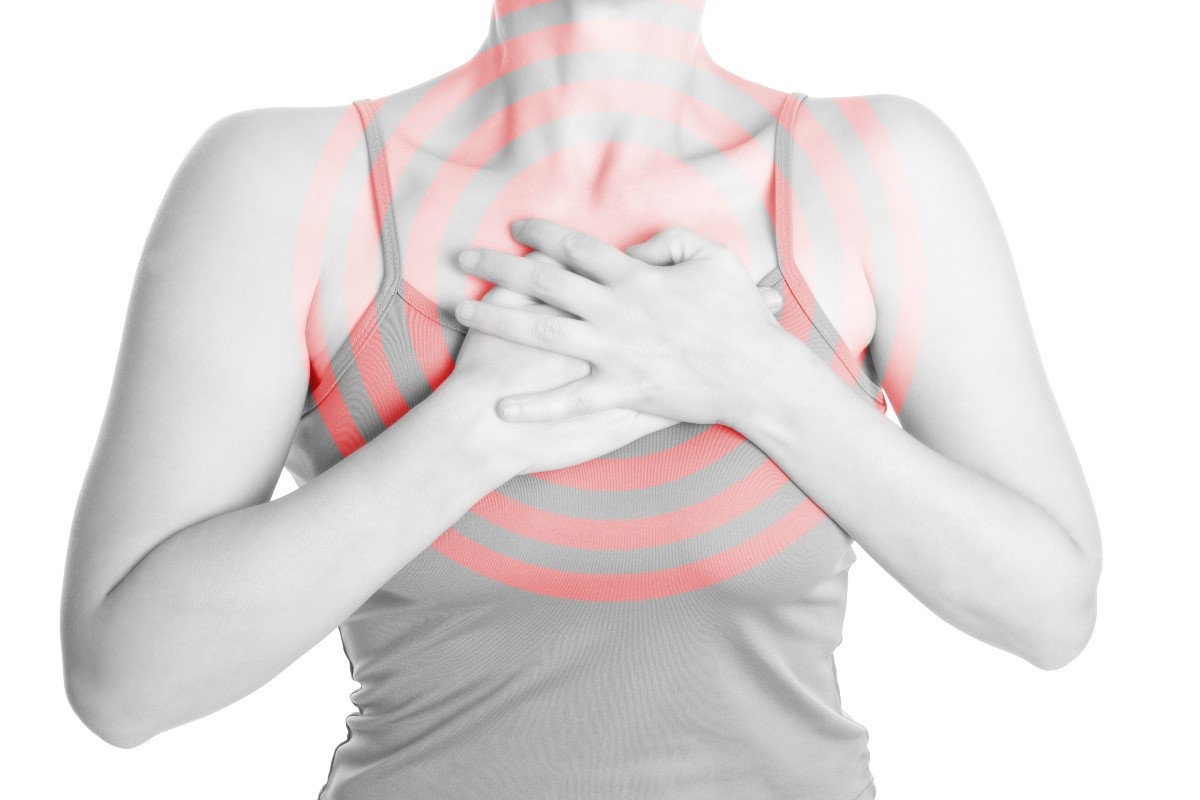
Hypocapnia: definition, symptoms, causes, diagnosis, values, treatment
“Hypocapnia” in medicine refers to the decrease in the concentration of carbon dioxide (CO2) in the blood
As a result of this decrease, a modification of the acid-base balance of the blood can occur, so that it tends to become more basic.
The term “hypocapnia” comes from the Greek hypo (under) and kapnos (smoking).
Normal and pathological values of capnia
Normal values for capnia, i.e. the partial pressure of carbon dioxide in arterial blood (PCO2), are between 35 and 45 mmHg.
Hypocapnia occurs when PCO2 is below 35 mmHg, however the symptoms it causes begin to be evident usually below 30 – 25 mmHg.
PCO2 is measured by blood gas analysis.
Hypocapnia and hypercapnia
Hypercapnia refers to an increase in the concentration of carbon dioxide in the blood and is the opposite of hypocapnia.
Hypercapnia occurs when PCO2 exceeds 45 mmHg.
Causes and risk factors of hypocapnia
Hypocapnia can be caused or promoted by various diseases and conditions, almost always related to pulmonary, cardiac and/or environmental causes.
In most cases, the most frequent etiological condition is increased respiratory activity (hyperventilation), which can be:
- physiological (voluntary or involuntary): for example in the case of strong emotions such as terror and chronic anxiety, or psycho-physical stress, especially in women;
- pathological: determined by anoxia or by high temperatures, or by various pulmonary and cardiac pathologies.
Hyperventilation can lead to a state of respiratory alkalosis, i.e. a decrease in carbon dioxide and a consequent upward imbalance in pH.
Another cause may be compensatory respiratory alkalosis with hypocapnia, because the body tries to “eliminate” with the pulmonary emunctory acids (for example carbonic acid H2CO3) in the form of CO2.
Other possible causes are:
- use of salicylate drugs;
- use of progesterone;
- liver pathologies causing liver failure;
- pulmonary embolism;
- permanence at high altitudes (in this case hypocapnia is chronic and is a normal sign of the body’s compensation for the decrease in oxygen pressure).
Symptoms and signs
Symptoms and signs of hypocapnia usually become apparent when hypocapnia is at least moderate in degree, i.e., with a PCO2 below 25 mmHg.
The signs and symptoms are:
- general malaise;
- bradypnea (decreased respiratory rate);
- anxiety;
- sense of panic;
- dizziness;
- dyspnea (difficulty breathing);
- fainting;
- muscle tremors;
- peripheral sensitivity disorders;
- increased tone of skeletal muscles especially in the hands and feet;
- arterial hypotension (“low blood pressure”);
- arterial hypotension;
- tachycardia.
Other symptoms may appear, depending on the specific cause of hypocapnia.
Remedies for hypocapnia
The treatment of hypocapnia depends on the specific underlying cause that determined it.
Usually hypocapnia and its symptoms tend to regress spontaneously within a short time, thanks to the numerous automatic feedback mechanisms of regulation of the organism.
In the most serious cases it is necessary to intervene in order to increase the pressure of carbon dioxide.
If you hyperventilate, breathing into a bag may help.
Read Also
Emergency Live Even More…Live: Download The New Free App Of Your Newspaper For IOS And Android
Difference Between Hypoxaemia, Hypoxia, Anoxia And Anoxia
Anoxia: What It Is, What The Symptoms Are, And How To Treat The Patient
Ventilatory Failure (Hypercapnia): Causes, Symptoms, Diagnosis, Treatment
What Is Hypercapnia And How Does It Affect Patient Intervention?
Hypoxemia: Meaning, Values, Symptoms, Consequences, Risks, Treatment
Hypercapnia: Values, Therapy, Consequences And Treatment
Obstructive Sleep Apnoea: What It Is And How To Treat It
Obstructive Sleep Apnoea: Symptoms And Treatment For Obstructive Sleep Apnoea
Our respiratory system: a virtual tour inside our body
Tracheostomy during intubation in COVID-19 patients: a survey on current clinical practice
FDA approves Recarbio to treat hospital-acquired and ventilator-associated bacterial pneumonia
Clinical Review: Acute Respiratory Distress Syndrome
Stress And Distress During Pregnancy: How To Protect Both Mother And Child
Respiratory Distress: What Are The Signs Of Respiratory Distress In Newborns?
Pneumology: Difference Between Type 1 And Type 2 Respiratory Failure


